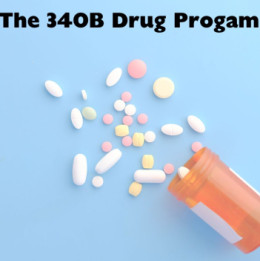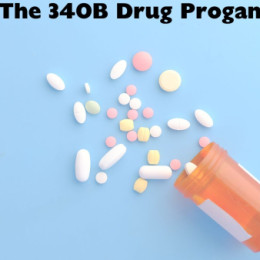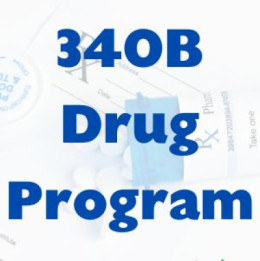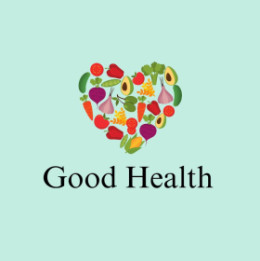Posted On: February 13, 2023 by Community HealthCare System in: News
By Meranda Schmitz, RN
During American Heart Month, we are exploring heart disease risk factors each week and how to reduce risk. We’ve all heard that we should eat a heart-healthy diet, but that doesn’t mean that we can’t eat the things we love. Below are some tips for heart-healthy eating.
Pay attention to portion size. Eating a “healthier” food is no longer healthy if you eat more than the portion size. How much you eat is just as important as what you eat. Overloading your plate, taking seconds, and eating until you feel stuffed can lead to eating more calories than you should. Portions served in restaurants are often more than anyone needs.
Following a few simple tips to control food portion size can help you shape up your diet as well as your heart!
- Use a small plate or bowl to help control your portions.
- Eat more low-calorie, nutrient-rich foods, such as fruits and vegetables.
- Eat smaller amounts of high-calorie, high-sodium foods, such as refined, processed or fast foods.
Eat more fresh fruits and vegetables. Vegetables and fruits are good sources of vitamins and minerals. Vegetables and fruits are also low in calories and rich in dietary fiber. Vegetables and fruits, like other plants or plant-based foods, contain substances that may help prevent cardiovascular disease. Eating more fruits and vegetables may help you cut back on higher-calorie foods, such as meat, cheese and snack foods. A few tips:
- Eat your vegetables first. Eating these first will fill you up faster.
- Make sure you get at least 3 servings of fruits and vegetables every day.
- Fresh is best, but frozen is also good! Many canned fruits and vegetables have added sugar and/or sodium. If canned is what you have and can afford, be sure to drain and rinse before eating to remove additives.
Limit or reduce salt (sodium). Eating too much salt can lead to high blood pressure, a risk factor for heart disease. Limiting sodium is an important part of a heart-healthy diet. The American Heart Association recommends that:
- Healthy adults have no more than 2,300 milligrams (mg) of sodium a day (about a teaspoon of salt); and
- Most adults ideally have no more than 1,500 mg of sodium a day.
Choose low-fat protein sources.
- Lean meat, poultry and fish, low-fat dairy products, and eggs are some of the best sources of protein. Choose lower fat options, such as skinless chicken breasts, rather than fried chicken patties, and choose skim milk rather than whole milk.
- Fish is a good alternative to high-fat meats. Certain types of fish are rich in omega-3 fatty acids, which can lower blood fats called triglycerides. You'll find the highest amounts of omega-3 fatty acids in cold-water fish, such as salmon, mackerel, and herring. Other sources are flaxseed, walnuts, soybeans, and canola oil.
- Legumes — beans, peas and lentils — also are good, low-fat sources of protein and contain no cholesterol, making them good substitutes for meat. Substituting plant protein for animal protein — for example, a soy or bean burger for a hamburger — will reduce fat and cholesterol intake and increase fiber intake.
Limit unhealthy fats. Limiting how much saturated and trans fats you eat is an important step to reduce your blood cholesterol and lower your risk of coronary artery disease. A high blood cholesterol level can lead to a buildup of plaques in the arteries, called atherosclerosis, which can increase the risk of heart attack and stroke.
The American Heart Association offers the following guidelines for how much fat to include in a heart-healthy diet.
|
Type of fat |
Recommendation |
|
Saturated fat |
Less than 10% of total daily calories if you're eating 2,000 calories a day. |
|
Trans fat |
Avoid |
There are simple ways to cut back on saturated and trans fats:
- Trim fat off meat or choose lean meats with less than 10% fat.
- Use less butter, margarine, and shortening when cooking and serving.
- Use low-fat substitutions when possible for a heart-healthy diet. For example, top a baked potato with low-sodium salsa or low-fat yogurt rather than butter, or use sliced whole fruit or low-sugar fruit spread on toast instead of margarine.
|
Fats to choose |
Fats to limit |
|
|
Allow yourself an indulgence every now and then. A candy bar or handful of potato chips won't derail your heart-healthy diet. But don't let it turn into an excuse for giving up on your healthy eating plan.
Meranda Schmitz, RN, helped establish the Cardiopulmonary Rehabilitation program at CHCS. She has been a nurse for 25 years and lives in Westmoreland with her husband and son. Her favorite thing about working with Cardiopulmonary Rehab patients is helping them make progress and meet their goals. Want to learn more about available programs? Reach Meranda at [email protected] or 785-889-5502.











0 comments